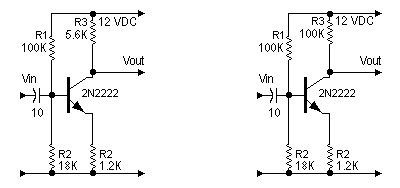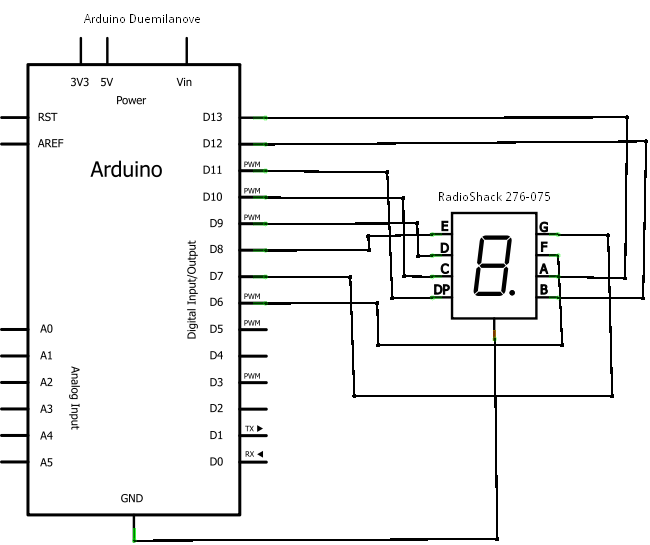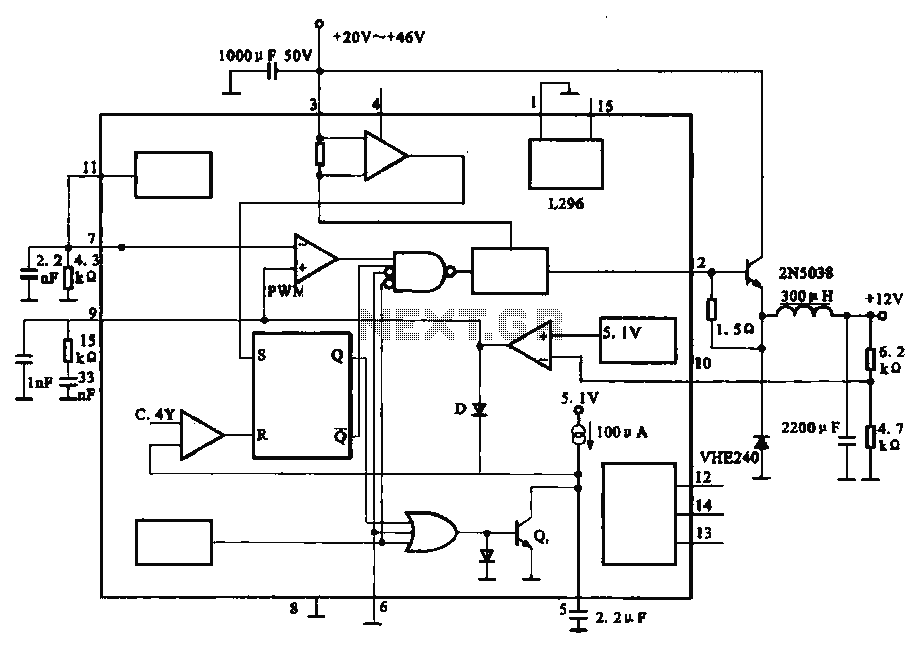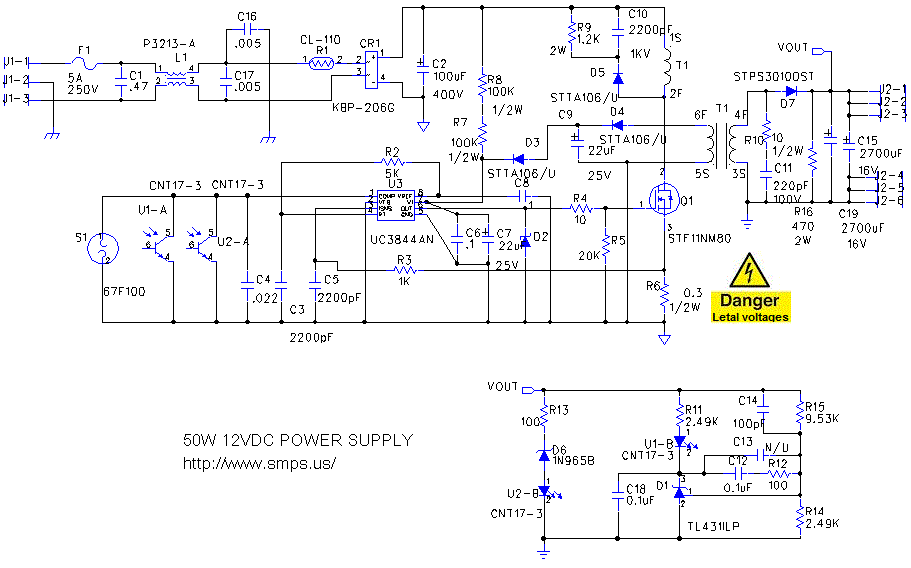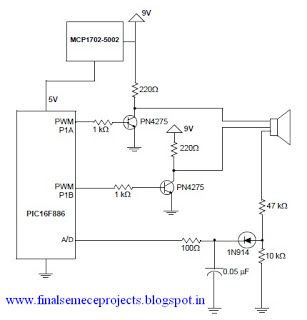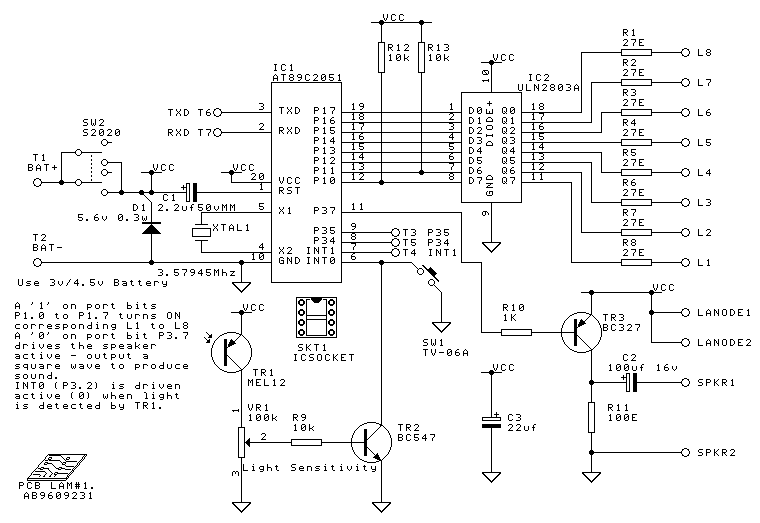
Ncp5810d: Dual 1 W Output Amoled Driver Supply Evaluation Board
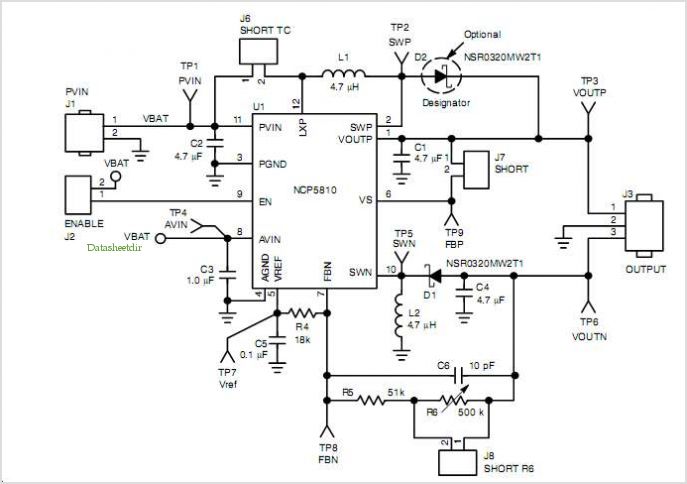
The NE568A (NE568AD, NE568AN, SA568AD, SA568AN) is a monolithic phase-locked loop (PLL) that operates from 1Hz to frequencies exceeding 150MHz. It features an extended supply voltage range and a lower temperature coefficient of the VCO center frequency compared to its predecessor, the NE568. The NE568A is function and pin-compatible with the NE568, requiring only minor modifications in peripheral circuitry. The temperature compensation network differs; Pin 12 must be grounded, and Pin 13 requires a 3.9 kOhm resistor to ground. The timing capacitor, C2, should be 16pF for 70MHz operation with the temperature compensation network, instead of the 34pF used in the NE568. The NE568A includes several enhancements: ESD protection, an extended Vcc range of 4.5V to 5.5V, an operating temperature range of -55 to 125°C (as per the Signetics Military 568A data sheet), reduced layout sensitivity, and a lower temperature coefficient of the VCO center frequency. This integrated circuit comprises a limiting amplifier, a current-controlled oscillator (ICO), a phase detector, a level shift circuit, voltage/current and current/voltage converters, an output buffer, and bias circuitry with temperature and frequency compensating characteristics. The NE568A is well-suited for demodulating FM signals with significant deviation in systems requiring highly linear output. In satellite receiver applications with a 70MHz intermediate frequency (IF), it can demodulate 20% deviations with less than 1.0% typical non-linearity. Additionally, the circuit features a loop filter that can be configured with series or shunt elements to optimize dynamic performance. The NE568A is available in 20-pin dual in-line and 20-pin surface-mounted plastic packages.
The NE568A phase-locked loop (PLL) is designed for high-frequency applications, making it suitable for a variety of communication systems, particularly in satellite technology. The device's operational frequency range, from 1Hz to over 150MHz, allows for versatility in applications ranging from low-frequency demodulation to high-frequency signal processing.
The architecture of the NE568A incorporates several key components that enhance its functionality. The limiting amplifier ensures that the input signal is conditioned correctly for further processing, while the current-controlled oscillator (ICO) allows for fine-tuning of the output frequency, which is essential in maintaining phase alignment with the input signal. The phase detector plays a crucial role in comparing the phase of the input signal with that of the ICO output, thus enabling the PLL to lock onto the desired frequency.
The inclusion of a level shift circuit and voltage/current converters facilitates seamless integration with other circuit elements, allowing for both analog and digital interfacing. The output buffer provides a robust output signal, capable of driving subsequent stages in a communication chain without significant degradation.
The NE568A's temperature compensation features are particularly beneficial in environments where temperature fluctuations can affect performance. The design minimizes the impact of temperature variations on the VCO center frequency, ensuring stable operation across a wide temperature range. This is critical in applications such as satellite communications, where environmental conditions can vary significantly.
The loop filter design is another notable aspect of the NE568A. By allowing configuration with series or shunt elements, the filter can be tailored to optimize the dynamic performance of the PLL, enhancing stability and response time. This flexibility is crucial for applications requiring precise frequency tracking and low distortion in the output signal.
Overall, the NE568A is a highly capable device that combines advanced features with ease of integration, making it a preferred choice for engineers working on high-performance communication systems. Its availability in both dual in-line and surface-mounted packages further simplifies the design process, accommodating various PCB layouts and manufacturing preferences.The NE568A( NE568AD NE568AN SA568AD SA568AN 0 is a monolithic phase-locked loop (PLL) which operates from 1Hz to frequencies in excess of 150MHz and features an extended supply Voltage range and a lower temperature coefficient of the VCO center frequency in comparison with its predecessor, the NE 568. The NE568A is function and pin-compatible with the NE568 requiring only minor changes in peripheral circuitry. Temperature compensation network is different, no resistor on Pin 12, needs to be grounded and Pin 13 has a 3. 9 kOhm resistor to ground. Timing cap, C2, is different and for 70MHz operation with temperature compensation network should be 16pF, not 34pF as was used in the NE568.
The NE568A has the following improvements: ESD protected; extended Vcc range from 4. 5V to 5. 5V; operating temperature range -55 to 125C (see Signetics Military 568A data sheet); less layout sensitivity; and lower TC of VCO (center frequency). The integrated circuit consists of a Limiting Amplifier a current-controlled Oscillator (ICO), a phase detector, a level shift circuit, V/I and I/V converters, an output Buffer and bias circuitry with temperature and frequency compensating characteristics.
The design of the NE568A is particularly well-suited for demodulation of FM signals with extremely large deviation in systems which require a highly linear output. In satellite receiver applications with a 70MHz IF, the NE568A will demodulate, 20% deviations with less than 1.
0% typical non-linearity. In addition to high linearity, the circuit has a loop Filter which CAN be configured with series or shunt elements to optimize loop dynamic performance. The NE568A is available in 20-pin dual in-line and 20-pin SO (surface mounted) plastic packages. 🔗 External reference
The NE568A phase-locked loop (PLL) is designed for high-frequency applications, making it suitable for a variety of communication systems, particularly in satellite technology. The device's operational frequency range, from 1Hz to over 150MHz, allows for versatility in applications ranging from low-frequency demodulation to high-frequency signal processing.
The architecture of the NE568A incorporates several key components that enhance its functionality. The limiting amplifier ensures that the input signal is conditioned correctly for further processing, while the current-controlled oscillator (ICO) allows for fine-tuning of the output frequency, which is essential in maintaining phase alignment with the input signal. The phase detector plays a crucial role in comparing the phase of the input signal with that of the ICO output, thus enabling the PLL to lock onto the desired frequency.
The inclusion of a level shift circuit and voltage/current converters facilitates seamless integration with other circuit elements, allowing for both analog and digital interfacing. The output buffer provides a robust output signal, capable of driving subsequent stages in a communication chain without significant degradation.
The NE568A's temperature compensation features are particularly beneficial in environments where temperature fluctuations can affect performance. The design minimizes the impact of temperature variations on the VCO center frequency, ensuring stable operation across a wide temperature range. This is critical in applications such as satellite communications, where environmental conditions can vary significantly.
The loop filter design is another notable aspect of the NE568A. By allowing configuration with series or shunt elements, the filter can be tailored to optimize the dynamic performance of the PLL, enhancing stability and response time. This flexibility is crucial for applications requiring precise frequency tracking and low distortion in the output signal.
Overall, the NE568A is a highly capable device that combines advanced features with ease of integration, making it a preferred choice for engineers working on high-performance communication systems. Its availability in both dual in-line and surface-mounted packages further simplifies the design process, accommodating various PCB layouts and manufacturing preferences.The NE568A( NE568AD NE568AN SA568AD SA568AN 0 is a monolithic phase-locked loop (PLL) which operates from 1Hz to frequencies in excess of 150MHz and features an extended supply Voltage range and a lower temperature coefficient of the VCO center frequency in comparison with its predecessor, the NE 568. The NE568A is function and pin-compatible with the NE568 requiring only minor changes in peripheral circuitry. Temperature compensation network is different, no resistor on Pin 12, needs to be grounded and Pin 13 has a 3. 9 kOhm resistor to ground. Timing cap, C2, is different and for 70MHz operation with temperature compensation network should be 16pF, not 34pF as was used in the NE568.
The NE568A has the following improvements: ESD protected; extended Vcc range from 4. 5V to 5. 5V; operating temperature range -55 to 125C (see Signetics Military 568A data sheet); less layout sensitivity; and lower TC of VCO (center frequency). The integrated circuit consists of a Limiting Amplifier a current-controlled Oscillator (ICO), a phase detector, a level shift circuit, V/I and I/V converters, an output Buffer and bias circuitry with temperature and frequency compensating characteristics.
The design of the NE568A is particularly well-suited for demodulation of FM signals with extremely large deviation in systems which require a highly linear output. In satellite receiver applications with a 70MHz IF, the NE568A will demodulate, 20% deviations with less than 1.
0% typical non-linearity. In addition to high linearity, the circuit has a loop Filter which CAN be configured with series or shunt elements to optimize loop dynamic performance. The NE568A is available in 20-pin dual in-line and 20-pin SO (surface mounted) plastic packages. 🔗 External reference
